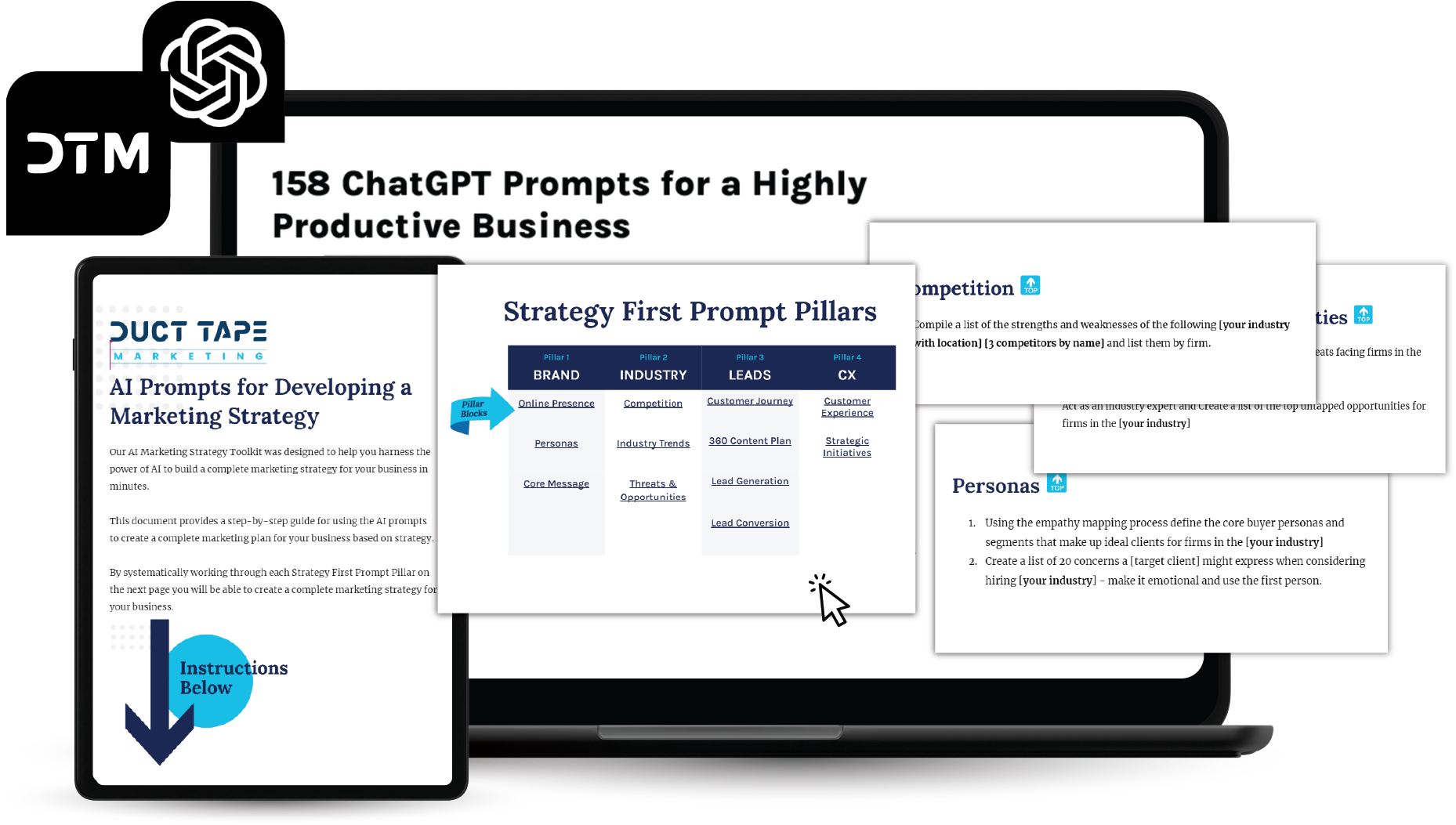Marketing podcast with DJ Waldow and Jason Falls (Click to play or right click and “Save As” to download)
There are a handful of generally accepted “best practices” when it comes to email. Some have withstood the test of time and experiment, but others stay in place as hard and fast rules simply because enough people keep saying so.
 The only hard and fast rule you should adhere to in marketing is what works for you. Now, what this means first and foremost is that you must be testing, measuring and analyzing what works for you or you’ll have no choice but to follow industry norms.
The only hard and fast rule you should adhere to in marketing is what works for you. Now, what this means first and foremost is that you must be testing, measuring and analyzing what works for you or you’ll have no choice but to follow industry norms.
Sometimes norms present great opportunities to stand out. If everyone is doing something one way, there’s a pretty good bet that you can get some attention breaking the rules.
Today’s guests on the Duct Tape Marketing Podcast are DJ Waldow and Jason Falls, co-authors of The Rebel’s Guide to Email Marketing: Grow Your List, Break the Rules, and Win
In the Rebel’s Guide they take on some of the common best practices and illustrate some great examples of people finding success in email marketing by bending and breaking the rules.
Below are some examples of the types of common practices you need to test and push in your email marketing efforts.
Subject lines
I call the subject line of an email the ad for opening and reading. If you don’t hook someone with it, you stand little chance of getting your email read and no chance of getting someone to click through to an offer.
Common wisdom is 30-40 characters with call to action or benefit right up front. What if you experimented with very short, intriguing subject lines that played to curiosity?
From line
Common wisdom here is that you want the recipient to see that the email is from someone they know. Makes sense, but what if you tested sending email with clever attributes that couldn’t be mistaken for anyone else, but also added a little fun and flair – example might be: From: Your Favorite Plumber
Preheader text
This is the second ad and most people waste it. It’s the very first bit of content that shows up after the subject line in a lot of email clients. Most people start with something like “having trouble reading this, blah, blah”
What if you used this to text to urge them to open – “You know you need to open this” “Pay no attention to the man behind the curtain, open this”
Alt images
The default setting for Gmail is to leave images turned off. This means the recipient must click something to actually make your images show. If you are using HTML email that relies on images to make greater impact you want those images turned on.
Common practice suggests that you use the Alt images attribute to describe your images as the alt text will show in place of images. What if you used this to convince people that they are missing cool stuff by leaving images off. “If you had images on you would see something really awesome here”
HTML and text
Another common spam filter fighting practice is to send your email in multiple formats. Your nice, pretty HTML email should have a text-based only version. It helps assure the ISPs that you are sending useful information.
One of the things that I think you need to experiment with is the use of text only emails or at least mixing the format up from time to time. When people get used to seeing your standard HTML template they get complacent. Send very short, personal emails using text only to make even greater impact.
Personalization
Another common practice is to add personalization from data fields. You know, Hey John, did you know that John could get a free blah, blah.
I agree there is a place for this, although it gets abused in absurd ways as well. This is something your want to play with. One of the most widely commented emails I ever sent intentionally played on the fill in the blank fields with fake data fields like [put new best friend’s name here] and [say something here that sounds authentic]
Opt-out
This one is not only common practice, it’s the law. You must add a way for people to opt-out of your email and you should make it obvious.
Most people hide this at the end of an email and use the default government language.
What if you put it first and had some fun with it. “I really, really don’t want to see you leave, but if you must break my heart, do it here.”
Every element of your marketing is only as good as your testing tells you it is, so study common best practices in everything you do and then figure out how to interrupt the best practices with testing.
If you liked this post, check out our Small Business Guide to Email Marketing.

